Mountains have always played an important role in human history. They represent not only a portion of our environment, but they are also deeply rooted in our imagination; we have given them a symbolic meaning, we have made them objects of worship and art. Working as a natural border, mountains have been considered strategic points as well as bones of discontent for many countries.
Take for example a western movie. We always watch cowboys or Native Americans leading their enemies through narrow canyons, like the Red Canyon (Utah) or the Jackson Hole, lying at the feet of the Teton Range. Roads in the mountains are both perilous and fascinating. Depending on the situation, they provide shelter, become a hiding place or give you an advantage over your enemy.
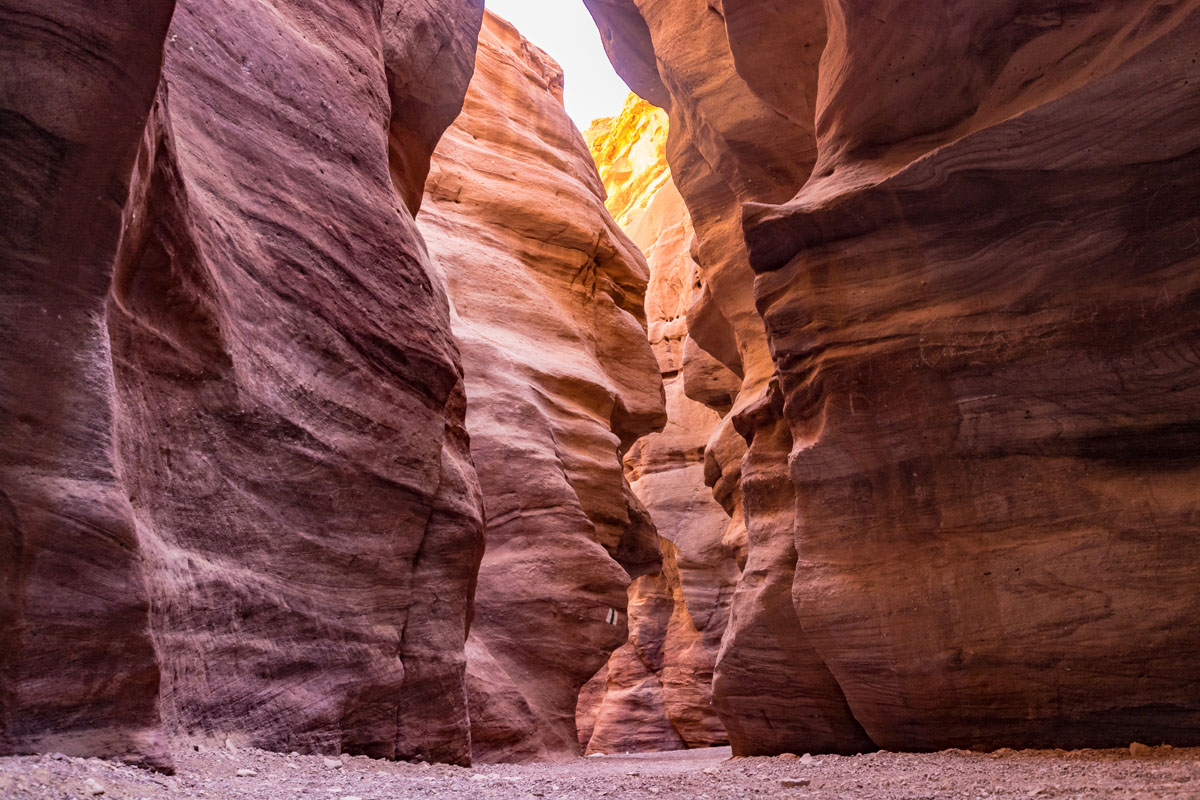
Historic Dropback
But conflicts in the mountains do not belong only to the glittering world of Hollywood or Bond films. Unfortunately, mountains must also be remembered as the theatre of real conflicts and such despicable events as wars.
Looking back at the ancient Roman history, the first example of mountains being used in war as a strategic point is traceable in the episode of Hannibal crossing the Alps. He decided to take his enemies by surprise attacking them in the back. But, before his arrival in Rome, he should have defended his army from other populations like the Gauls and taking a lesser beaten track at higher altitude meant to avoid the risk of a sudden assault.
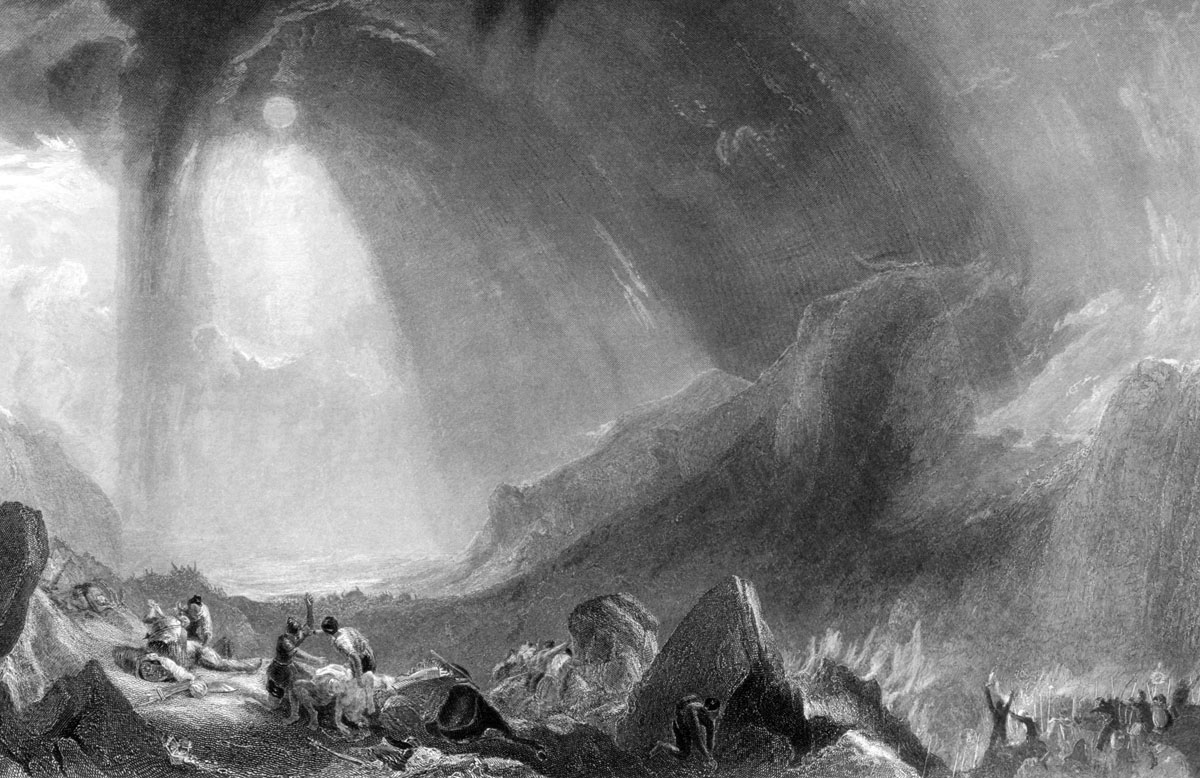
However, mountain warfare as art is said to have originated much later - in the Middle Ages in Switzerland - when European monarchies found it difficult to defeat Swiss army because their soldiers were well-trained to counterattack or defend using the benefits of the mountainous terrain.
Mountain War vs. Land War
But why is a war on a mountain so different from a war on a plain terrain? Due to the particular environmental conditions, soldiers fighting in the mountains need not only to face the enemy, but they also have to fight against unforgiving weather, rugged lands and other peculiarities determined by the peculiar features of the mountain landscape, which require the soldiers to be trained in a certain way.
This necessity has never been so evident as during the First World War, the bloodiest and most violent war ever fought in the mountains. From that point, we can properly start to talk about the existence of mountain warfare (also called Alpine Warfare).
Mountain War Basics 101
For the first time, places that have never been thought of as a possible battlefield became of vital importance and soldiers were trained specifically to resist and fight on mountains. Wherever a mountainous terrain constituted a relevant portion of the national territory, there the Alpine military forces were born. They were first recruited among local farmers, shepherds and people living in those very mountains because they already knew that territory and how harsh it could be. Only then they were trained in a specific way. A blatant example is the Italian Alpini (Alpine Corps), instituted in 1872, during the Franco-Prussian War, they were also employed during the invasion of Libya in 1911 and then in the First World War. The Austrian and German counterpart of the Italian Alpini is the Gebirgsjäger (mountain hunters), a section of the infantry troops. Other examples are the Chasseurs Alpins in France, also known as Les diables bleus or The Blue Devils, that is why many monuments to commemorate those soldiers are Aux Diables Bleus or To the Blue Devils. The Alpine Hunters are called Strzelcy podhalańscy in Poland, Vânători de Munte in Romania and Cazadores de Montaña in Argentina.
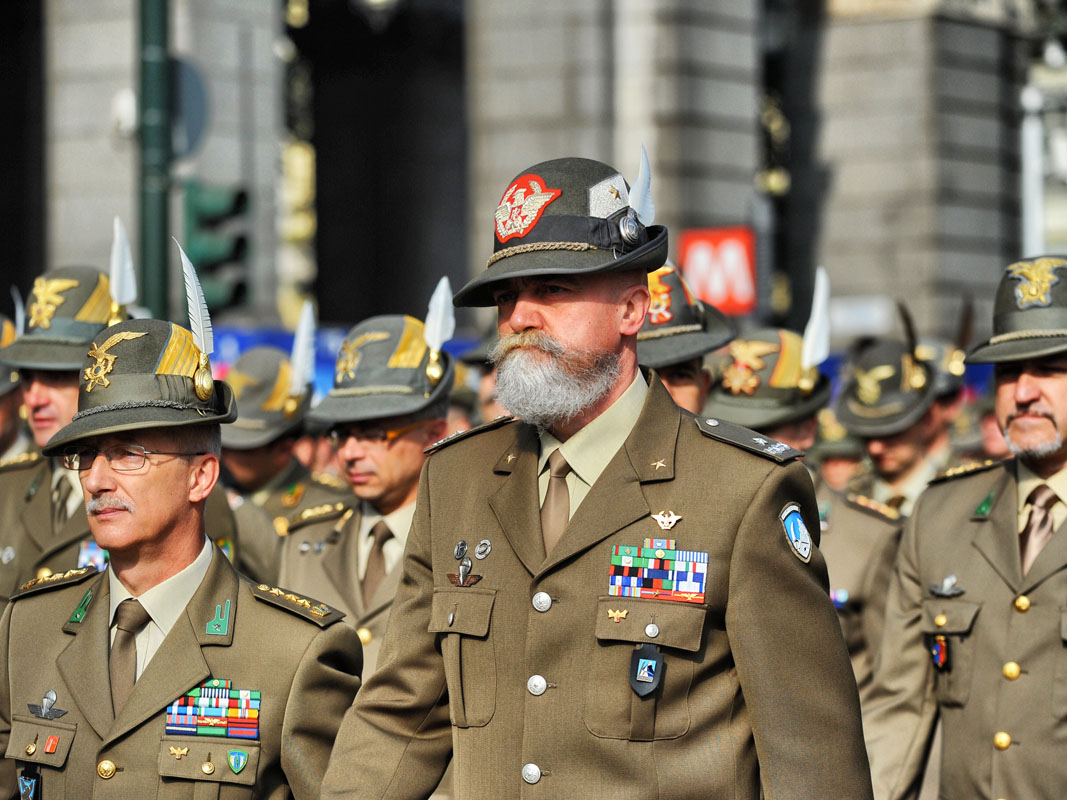
The Americans had their mountain corps as well. The United States Army created Camp Hale (Colorado, 1939) specifically to train soldiers in mountain warfare. After the end of the war, many of the veterans returned there and they became the core of the expanding skiing industry, playing the role of mountaineering and skiing guides and instructors. They also formed clubs and started enthusiast magazines. This was probably the best example of how the love for mountains bypassed even the sad memory of war to become a hymn to the love for mountains.
Mountain Corps Symbols
Despite some peculiarities, each corpus shares some elements, starting from the name, meaning “hunters” and the badge, usually representing the edelweiss, an alpine endemic grows species of flower, in combination with other symbols. The traditional symbol of the Polish Alpine Corps includes the edelweiss flower and the Mountain Cross, a swastika symbol popular in the folk culture of the Polish mountainous regions. Another symbol was the feather, usually put on the hat. The Italian Alpine commonly used crow, eagle or goose feathers, while the Germans used the feathers of a black grouse.
Trails Left after Wars
Wars are not only commemorated in alpine corps songs like the Italian “Sul Cappello” (On the hat), but also in trekking trails feasible even today. Most of the trails and camps used during the War are still present in Italian and Swiss Alps. In fact, the original war front started in Stelvio Pass (2,757m), passing through the most elevated mountain groups of the Eastern Alps, like Mt. Ortles (3,905m), Mt. Adamello (3.539m) and Mt. Presanella (3.558m), descending to Adige Valley and Adige Prealps and ascending again to the Lagorai Range, Marmolada (3,342m), Dolomites and the Carnic Alps, covering the entire Alpine Region.
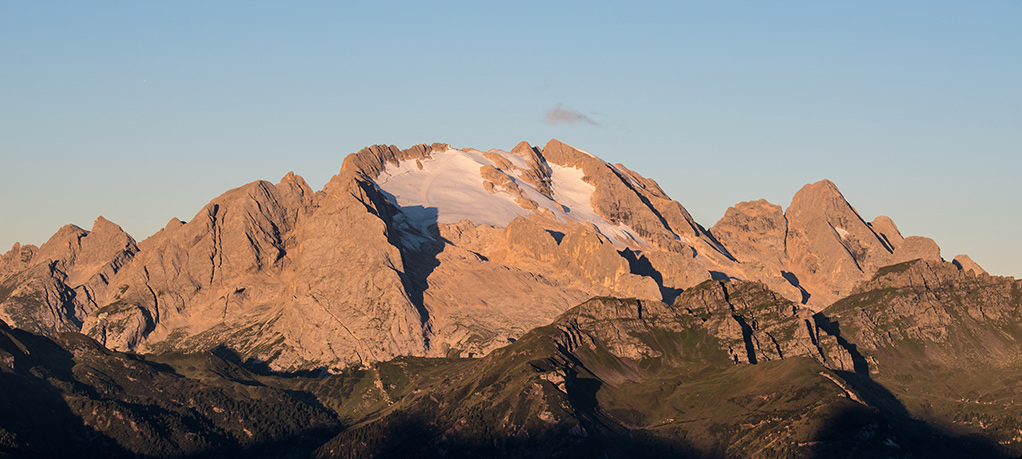
The 52 galleries trail on Mt. Pasubio (2,239m) is a bold military work including long galleries excavated in the rocks for more than 6km. It was created to ensure the military supply to the Italian forces against the Austro-Hungarian troops.

The Kaiserjager trail on Mt. Lagazuoi (2.778 m) is a via ferrata on the places used by the Austro-Hungarian troops. On the top of Mt. Lagazuoi, there is the open-air museum of the Great War. It is a difficult trail that beginners can avoid getting on a ropeway.
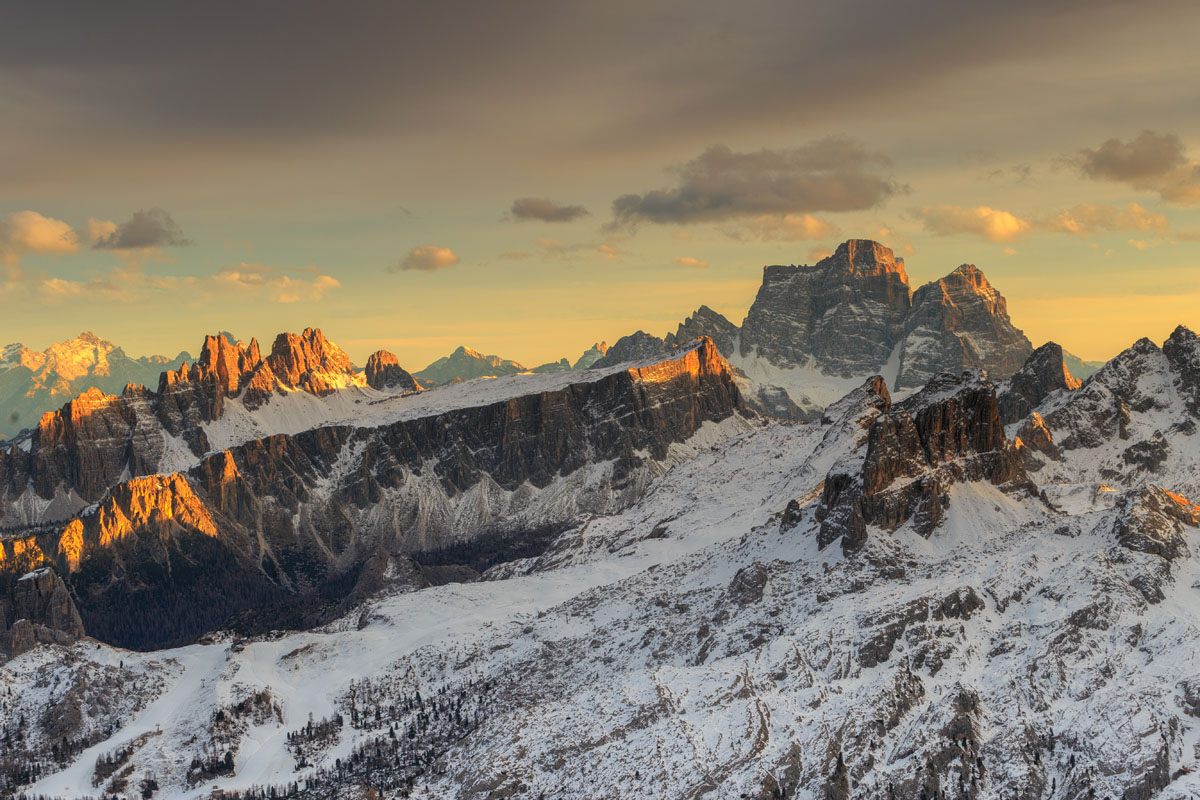
Cadorna Line, which runs along the border between Italy and Switzerland, was a line of fortifications created by General Luigi Cadorna. It consists of a network of military mule-tracks, trenches, artillery positions, lookout posts, redoubts, first aid posts, logistical structures and command centres, some of which located in the beautiful Varese province.
Many other trails of this kind can be found in Lombardy, Trentino Alto-Adige and Veneto.
Crazy Frolics or All Things are Good in Love and War
As we have said, since moving people and equipment on such perilous terrain required highly specialized knowledge of the territory, specific equipment and a particular war strategy was essential. The fight against the freezing cold, blizzards and frostbites became even more important than the fight against the enemy. Especially during winter, fighting almost completely stopped because soldiers were too concentrated on survival and to ensure the proper supply as well as to ensure the communication with the valley. It goes without saying that they also had specific equipment to resist the harsh climate, like grappling hooks, ice axes, ski, altimeters, ropes etc.
Probably the most reckless war escapade, with minimum apparel and maximum courage was done by Field Marshal Aleksandr Vasilyevich Suvorov, one of the most brilliant Russian generals. His deed was the most extraordinary feat in either the Alps or the history of warfare - a sort of late 18th-century Dunkirk achieved without rescuers. As an American writer, J. T. Headley, put it in 1845, Hannibal's exploits were "mere child's play beside it."
Suvorov had forced Napoleon's troops from northern Italy, and in the fall of 1799, he was under orders to march to Zurich to join the allied armies and drive the French out of Switzerland. Upon reaching central Switzerland, however, Suvorov's army was nearly trapped by the French. After ferocious fighting across St. Gotthard Pass, his troops were hungry, exhausted and nearly barefoot. Suvorov began by battling his way to St. Gotthard Pass where he managed to defeat the French, but then the troops faced a major challenge when they came to the so-called Devil’s Bridge (Teufelsbruecke), which is very narrow and spans a rapid mountain river. The bridge had also been severely damaged by the French. When the Russian troops, hungry, frozen and bleeding after crossing the bridge under French fire, arrived at the place named Altdorf another surprise awaited them. There was no road further, but only two mountain trails that today one needs special equipment to cross. On Oct. 1 1799, the bulk of Massena’s army, which was twice the size of the Russian force, launched an attack. The Russian counterattack, however, was quick and so fierce that the French were smashed. Massena himself barely escaped capture by a Russian soldier who took him by the collar and tore off one of his epaulettes. The French were again defeated and suffered heavy losses. Suvorov managed to break out of the blockade with 75 per cent of his army. “I would trade all my victories for Suvorov’s Swiss campaign,” later confessed Massena. Thus, Suvorov escaped encirclement by leading this army of 20,000 soldiers and 5,000 Cossack horsemen over three alpine passes in 10 days. He was then 70 years old. Today, there are six museums along the route of Suvorov’s march in Switzerland.
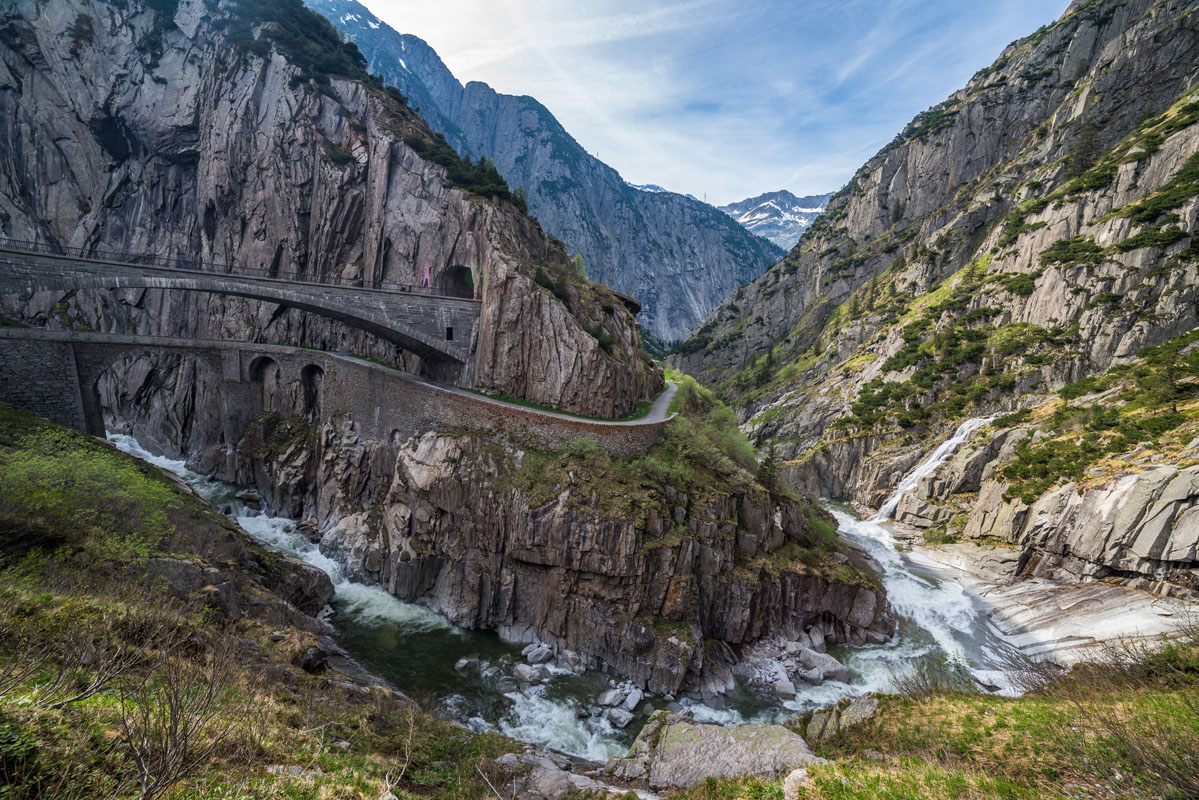
Use Peakvisor app to plan your next hiking to all these historical places located on mountains and enjoy walking along trails that were once created for military purposes and has been recovered and opened as a tourism destination to promote a more conscious and experimental approach to a sad but still important chapter of our history.
Mountain War Legacy in America
Mountains have been the theatre of battles not only between countries but fights for social equality and rights, like labour uprising connected to the American coal industry, part of the Coal Wars, a series of early-20th-century labour disputes on the Appalachian Mountains. An example is the battle of Blair Mountain (601m), in West Virginia. Having always been a country where the coal industry was essentially the state’s sole source of work. But for miners, the system resembled something like feudalism. Sanitary and living conditions in the company houses were abysmal, wages were low. The Battle of Blair Mountain was the result of years of bitter labour disputes between the miners and coal companies of southern West Virginia.
Interestingly, in North America a handsome part in the Canadian Rockies (the Victoria Cross Ranges) is said to commemorate the heroism of Canadian Veterans. Within the Victoria Cross Ranges, there are five named mountains named after First World War Victoria Cross recipients that have connections with Alberta. The five peaks named after Canadian recipients of the Victoria Cross include Mount Kerr, Mount Kinross, Mount McKean, Mount Pattison, and Mount Zengel. The Victoria Cross, which was established in 1856 by Queen Victoria, is the highest and most prestigious award granted to military personnel in the British Commonwealth. Soldiers who are awarded the Victoria Cross demonstrated bravery when faced with opposition during wartime.
Mountain Wars in Asia and the Middle East
After the WWII other battles have been fought on mountains, like the Mountain War, a sub-conflict occurred in during the Lebanon civil war in the mountainous Chouf District or the Zapatista rebellion in the state of Chiapas based in the Sierra Madre (3,354m) mountain range.
Another particular example distant in time and space is represented by Japanese yamabushi, originally just hermits of the Shungendō sect leaving on mountains, who were also experts of martial arts. Like the alpines military force, they were trained to resist on mountains. For examples, they developed a particular style of cooking using mountain plants. Originally, they were trained for religious purpose but they took part they assisted Emperor Go-Daigo in his attempts to overthrow the Kamakura shogunate. Several centuries later, in the Sengoku Period (1467-1600), yamabushi were among the advisers of every major contender for dominion over Japan.
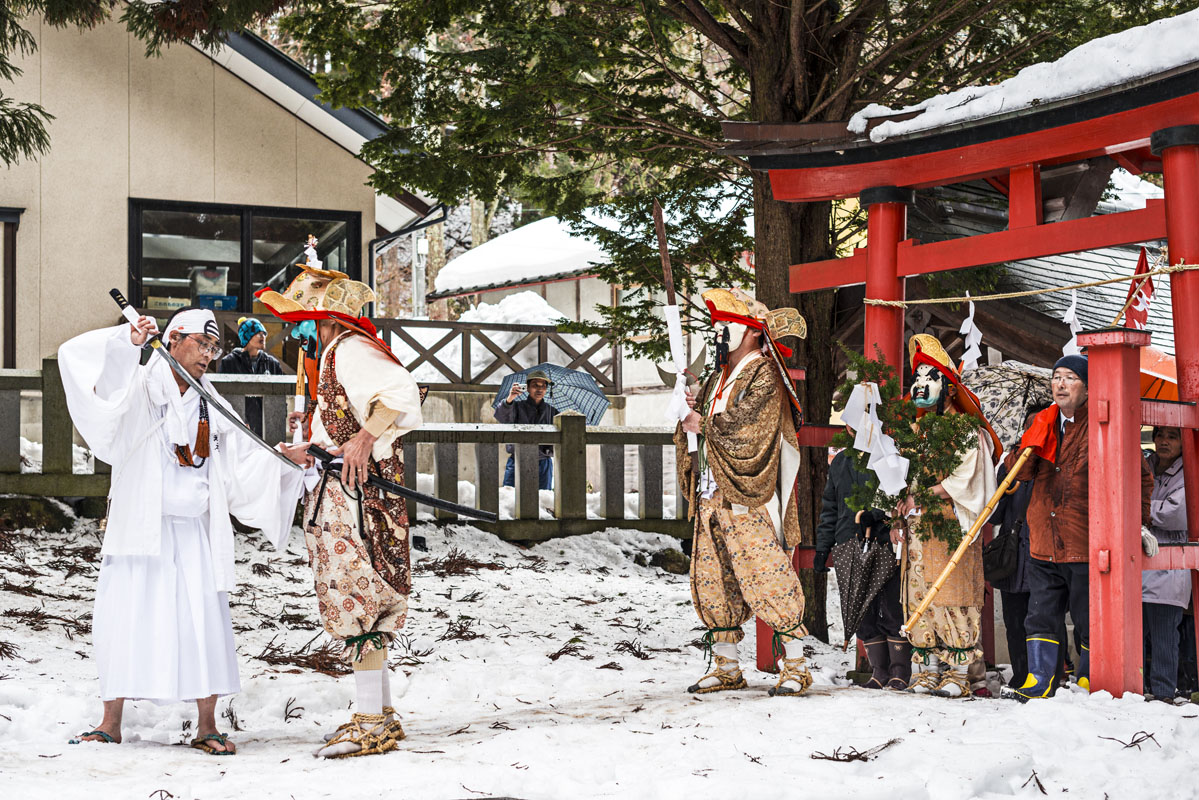
Due to their particular formation, mountains all over the world have been the centre of conflicts and major historical events related to wars and massacres. However, even those bloody facts can be read as the powerful impact of mountains and the vital role they have played and still plays in the history of mankind.
If you know other stories related to mountains and war or if you want us to further debate the topic, please let us know by sending an email to peakvisor@routes.tips. Wherever you are, don’t stop using PeakVisor app to fully enjoy mountains!
